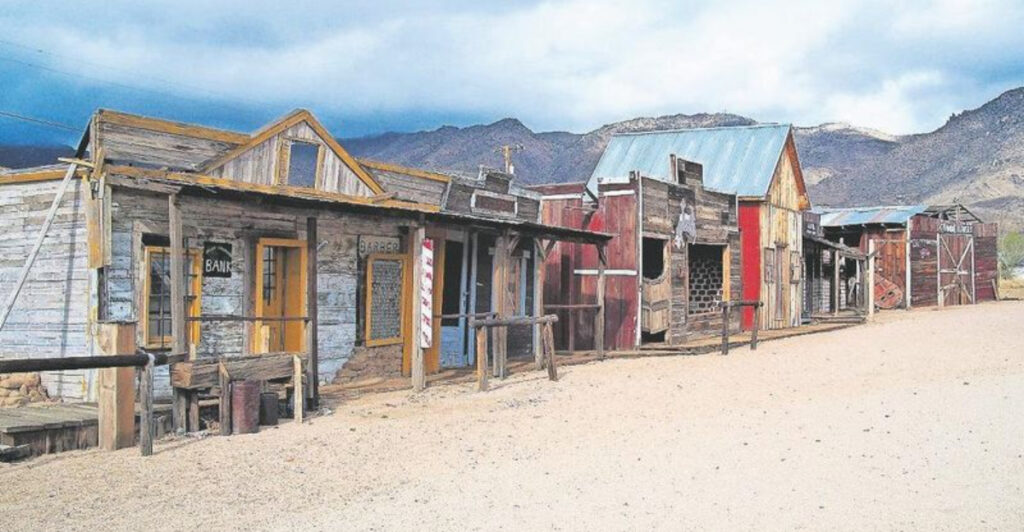Arizona’s desert landscape holds secrets from the Wild West era, where abandoned mining camps and forgotten railroad stops tell stories of boom and bust. These ghost towns offer adventurous travelers a chance to step back in time and explore authentic remnants of frontier life. Pack your camera and sense of adventure for an unforgettable journey through the state’s most fascinating abandoned places.
1. Oatman (Route 66, Mohave County)
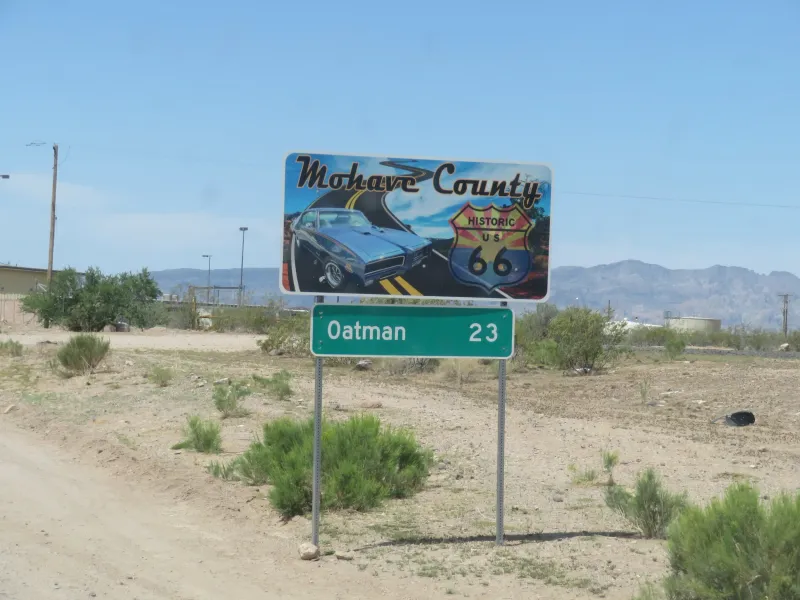
Wild burros wander freely down Main Street, creating one of Arizona’s most charming and unexpected encounters. These descendants of miners’ pack animals have claimed the town as their own, delighting visitors with their gentle curiosity.
Wooden sidewalks creak under your boots as you explore authentic Old West storefronts that transport you back to the 1900s mining boom. Weekend crowds flock here for the unique atmosphere and burro encounters.
Remember to respect these four-legged residents by keeping a safe distance and never feeding them human food, as they’re wild animals despite their friendly demeanor.
2. Jerome & Gold King Mine (Verde Valley)
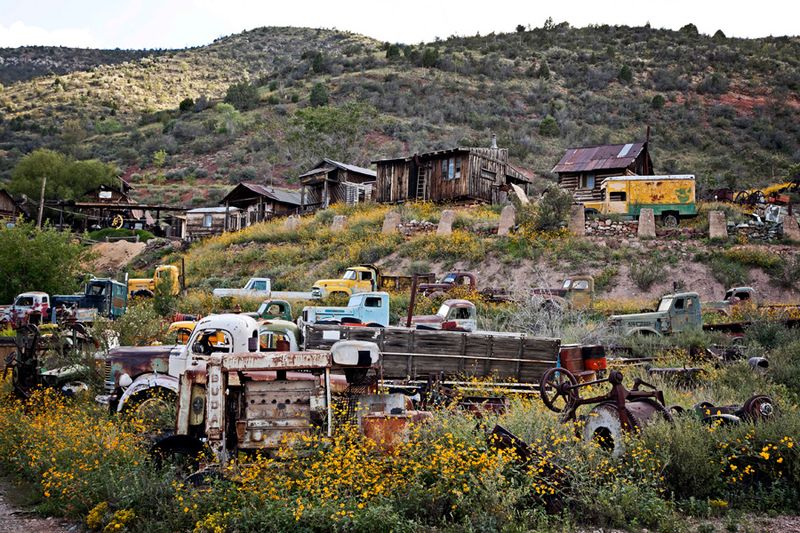
Perched dramatically on Cleopatra Hill, Jerome transformed from America’s largest ghost town into a thriving artist community. The 1916 Douglas Mansion at Jerome State Historic Park showcases the town’s copper mining heritage through fascinating exhibits and artifacts.
Just minutes away, Gold King Mine & Ghost Town preserves an incredible collection of vintage machinery and mining equipment under the open sky. Rusted trucks, antique gas pumps, and mining relics create a photographer’s paradise.
Start early to beat crowds and wear comfortable shoes for exploring the steep, winding streets that offer breathtaking views of the Verde Valley below.
3. Vulture City (near Wickenburg)
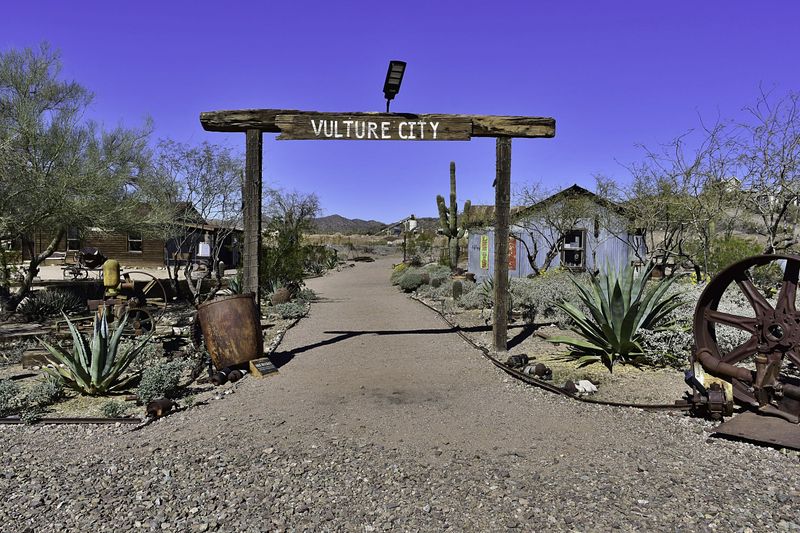
Arizona’s most productive gold mine created this fascinating settlement that now serves as a living outdoor museum. Professional guides share captivating stories of fortune seekers, claim jumpers, and the legendary Vulture Mine that produced millions in gold.
Restored buildings include the original assay office, blacksmith shop, and schoolhouse, each filled with authentic artifacts from the mining era. The famous hanging tree still stands as a grim reminder of frontier justice.
Book tours online in advance, especially during cooler months when demand peaks. Photography enthusiasts will find endless opportunities among the weathered structures and desert backdrop.
4. Ruby (near Nogales)
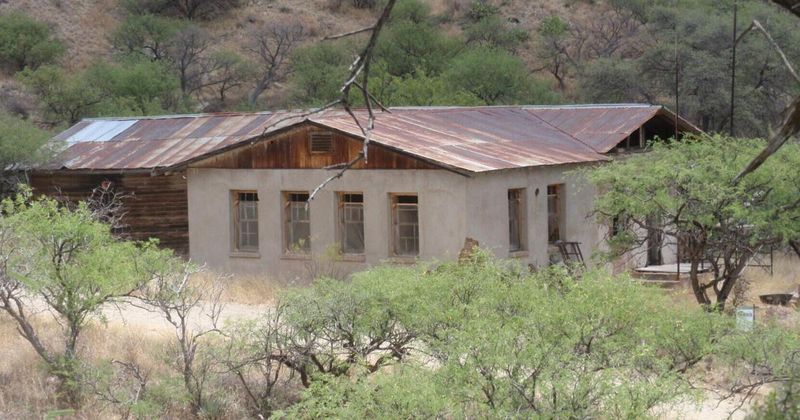
Remarkably preserved buildings with intact roofs make Ruby Arizona’s most complete ghost town experience. Unlike many abandoned sites, dozens of structures remain standing, creating an eerily authentic frozen-in-time atmosphere.
The resident caretaker sells day passes that include detailed maps and access to hiking trails leading to scenic lakes. Bring plenty of water and sun protection for exploring this remote desert location.
Strict rules protect this privately owned treasure—no campfires, no artifact removal, and respectful behavior expected at all times. The investment in preservation shows in every carefully maintained building and interpretive sign.
5. Swansea (between Wickenburg & Parker, BLM land)
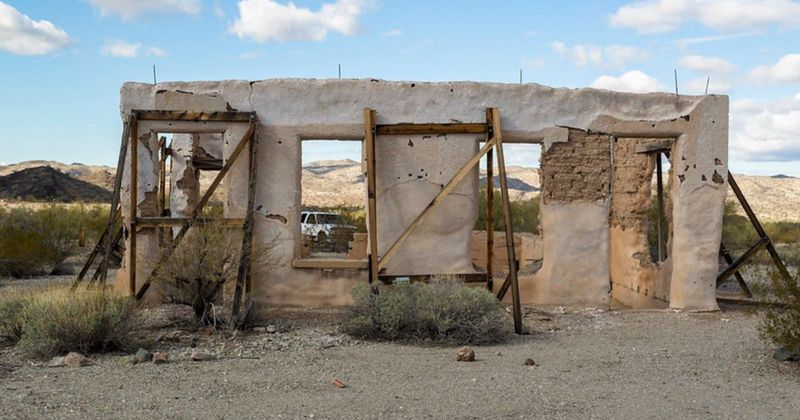
Desert smelter ruins rise like ancient monuments from the Sonoran landscape, testament to copper mining ambitions that flourished briefly in the early 1900s. Massive stone foundations and towering smokestack remains create dramatic silhouettes against Arizona skies.
High-clearance vehicles handle the graded dirt access road better, though conditions vary with weather and maintenance. The remote location means bringing extra water, food, and emergency supplies is essential.
Federal protection covers every artifact, from tin cans to building materials, so look but never take souvenirs. Early morning visits offer cooler temperatures and spectacular photography lighting.
6. Fairbank Historic Townsite (San Pedro Riparian NCA)
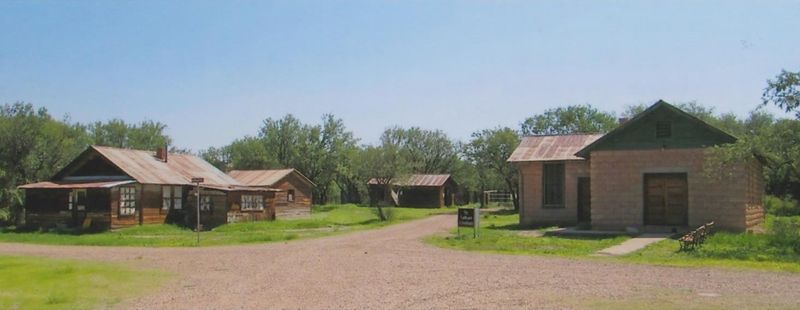
Railroad history comes alive along the life-giving San Pedro River, where restored buildings showcase the town that served bustling Tombstone’s supply needs. Interpretive trails wind through cottonwood groves and past historical foundations.
Federal protection ensures authentic preservation of cultural resources while providing educational opportunities for visitors. The riverside setting offers welcome shade and wildlife viewing opportunities uncommon at desert ghost towns.
Combine your visit with birding or hiking along the riparian corridor, where over 400 bird species have been recorded. Spring and fall migrations provide spectacular wildlife viewing alongside historical exploration.
7. Gleeson (Cochise County Ghost Town Trail)
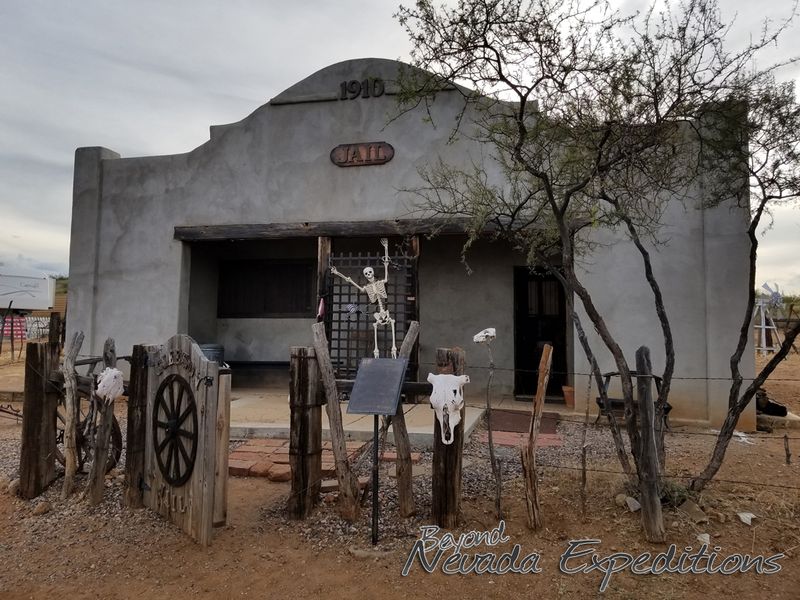
Plan carefully for this remote copper camp, as the historic jail museum opens just one Saturday monthly from 9 AM to 4 PM. Local volunteers share fascinating artifacts and photographs that bring the vanished community back to life.
Little remains of the original townsite beyond scattered foundations and mine remnants, making the museum visit crucial for understanding Gleeson’s significance. The preserved jail building itself tells stories of frontier law enforcement.
Check explorecochise.com before traveling to confirm opening dates and any special events. The remote location means combining your visit with other Cochise County ghost towns makes the most sense.
8. Pearce (Cochise County Ghost Town Trail)
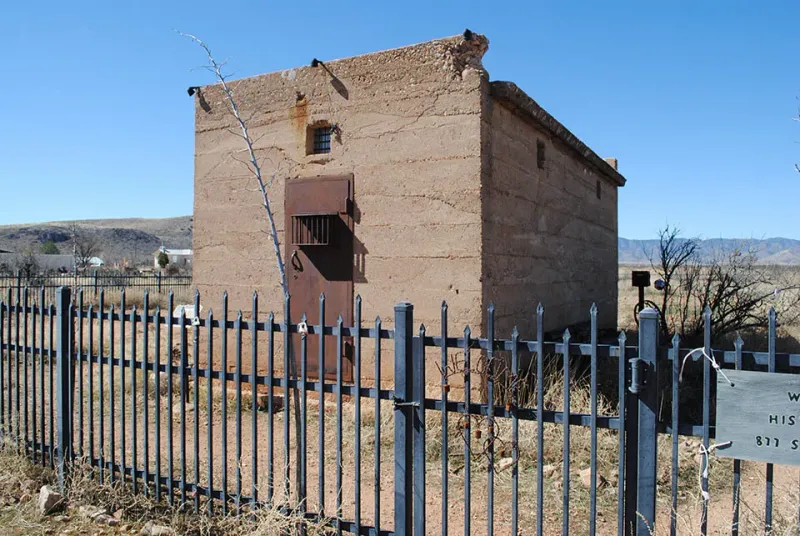
Gold fever struck hard in 1894 when prospectors discovered rich deposits at the Commonwealth Mine, creating another classic boom-and-bust story. The Pearce General Store, built in 1893, earned National Register status as one of Arizona’s best-preserved frontier commercial buildings.
Scattered ruins and remnants mark where Main Street once bustled with miners, merchants, and fortune seekers. Foundation outlines and weathered walls hint at the community that briefly thrived here.
Photography opportunities abound among the authentic remains, but respect private property boundaries and leave all artifacts undisturbed. The desert setting provides stunning backdrops for capturing frontier history.
9. Courtland (Cochise County Ghost Town Trail)
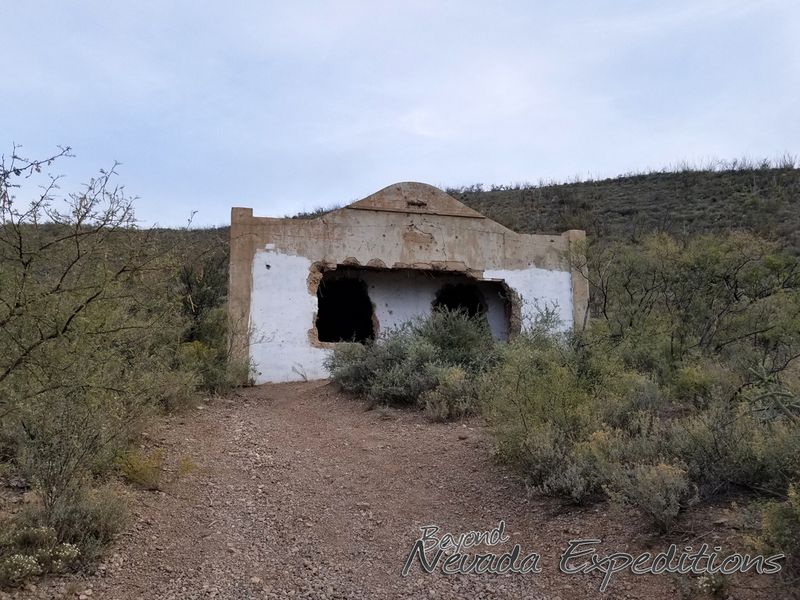
Copper dreams built Courtland quickly in 1909, but the boom collapsed just as fast, leaving scattered foundations and mine ruins scattered across the desert floor. No services exist here—just authentic remnants of ambitious plans gone wrong.
Bring everything you need including water, snacks, and emergency supplies for exploring this truly remote location. The isolation adds to the atmospheric experience of wandering among genuine ghost town remains.
Foundation patterns reveal where businesses and homes once stood, while nearby mine workings show the copper deposits that sparked the brief rush. Early morning or late afternoon visits provide the best lighting and temperatures.
10. Castle Dome City & Mine Museum (north of Yuma)
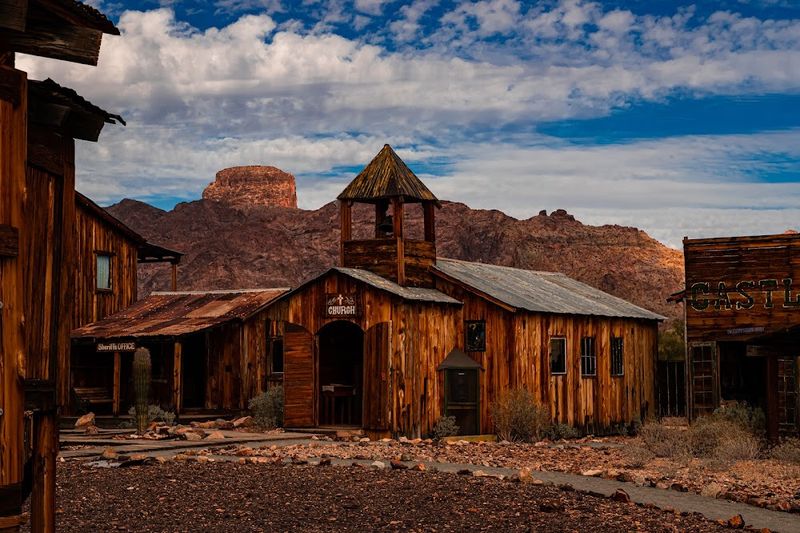
More than 50 buildings create Arizona’s most comprehensive mining museum experience, combining original structures with carefully reconstructed buildings from the Castle Dome district. Some guided tours venture into the actual Hull Mine workings.
The sprawling outdoor complex requires several hours to explore thoroughly, with each building containing period artifacts and interpretive displays. Seasonal operating hours vary, so checking ahead prevents disappointment.
Professional curation shows in every detail, from authentic mining equipment to period furnishings that recreate frontier life. The desert mountain setting adds natural beauty to the historical immersion experience.
11. Chloride (north of Kingman)
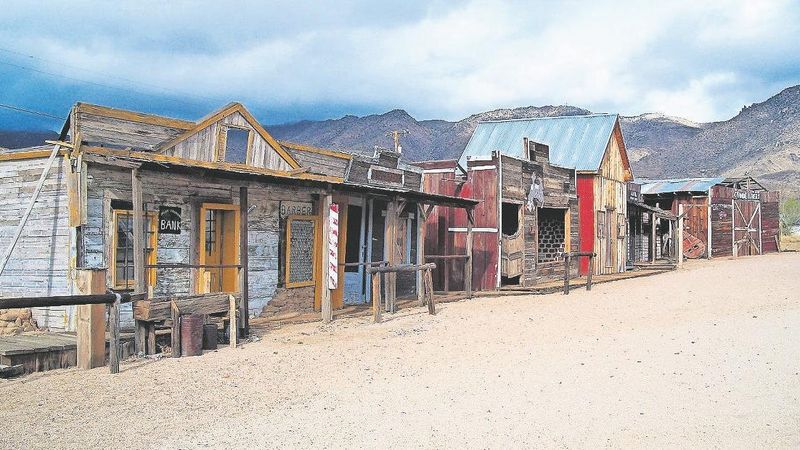
Arizona’s oldest continuously inhabited mining town maintains its authentic character without tourist commercialization. Local residents keep the community alive while preserving its mining heritage and desert charm.
A short signed drive leads to Roy Purcell’s psychedelic rock murals painted in the 1960s on natural cliff faces. These colorful artworks create a surprising contrast against the Cerbat Mountains’ rugged landscape.
The low-key atmosphere appeals to visitors seeking genuine small-town Arizona experiences rather than staged attractions. Respect the residents’ privacy while enjoying the historic buildings and mountain scenery that define this survivor community.
12. Two Guns (east of Flagstaff, Route 66 ruins)
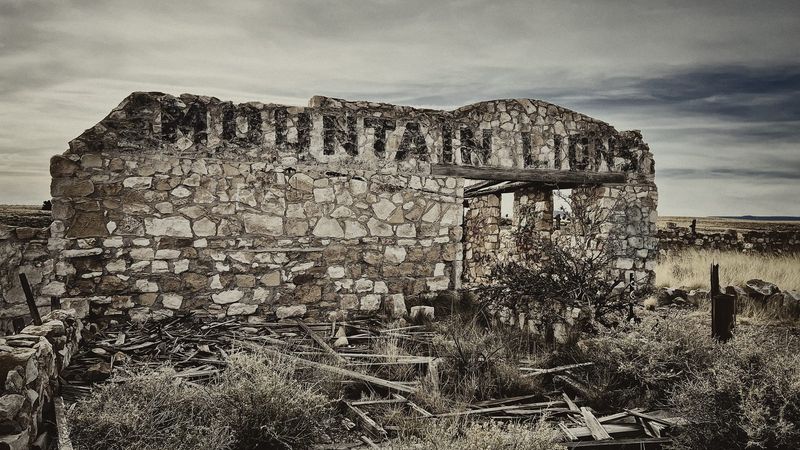
Eerie stone shells mark where a 1920s roadside attraction once lured Route 66 travelers to stop and spend money. The crumbling ruins near Canyon Diablo create an atmospheric glimpse into early automobile tourism.
The old 1915 bridge alignment adds historical layers to this haunting site, where stone walls and empty windows frame desert views. Exercise extreme caution around unstable structures and respect all posted warnings.
Private property boundaries must be observed while exploring this evocative reminder of Route 66’s heyday. Photographers find endless inspiration in the weathered stonework and dramatic high-desert setting.

